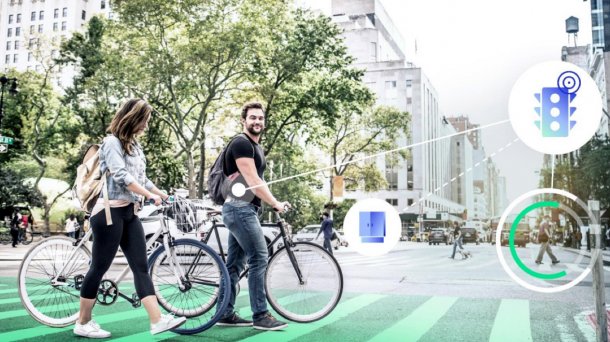Digital twin controls traffic lights in Ellwangen
In the town of Ellwangen in Baden-Württemberg, "intelligent traffic lights" are being tested for six months.

(Image: Yunex)
Ellwangen in Baden-Württemberg is testing a new type of traffic control system from this month until the end of the year. Twelve traffic lights along the B290 and the town's southern bypass will be controlled by technology from Yunex (formerly Siemens Mobility). The 200,000 euro costs for the software license, hardware and configuration are being borne by the state. After the test, the results and experiences with the AI-controlled traffic lights will be evaluated and the state's Ministry of Transport will then make concrete recommendations for other cities.
In Germany, the Munich-based company Yunex has so far equipped two individual traffic light systems in the North Rhine-Westphalian city of Hamm, which keep an eye on the respective intersections and prioritize road users as required. Ellwangen is the first test site of its kind in Germany. Prague and London have already gained experience with this.
Reduced travel times
In the British capital, the technology known as Yutraffic Fusion is said to have reduced travel times by up to 20 percent in general, while stops have been reduced by 15 percent, according to the Baden-Württemberg Ministry of Transport. In Ellwangen, with a population of just under 26,000, road traffic should also benefit from "multimodal thinking and a holistic view of traffic". In addition to motorized private transport, public transport, cyclists and pedestrians would also be taken into account.
To this end, the system records traffic in real time using radar and induction loops in the road and creates a "digital twin". This current and historical data is used to forecast traffic within a time window of a few hours, explains Yunex. The traffic lights are then controlled according to the demand that arises.
In Hamm, the demand control did not work as desired at times. In April of this year, the second of the "intelligent traffic lights" installed there showed drivers a continuous red light even though there were no pedestrians nearby. As a result, the AI part of the traffic lights was briefly shut down and switched to normal pedestrian lights. The problem was then rectified, according to Hamm.
(anw)